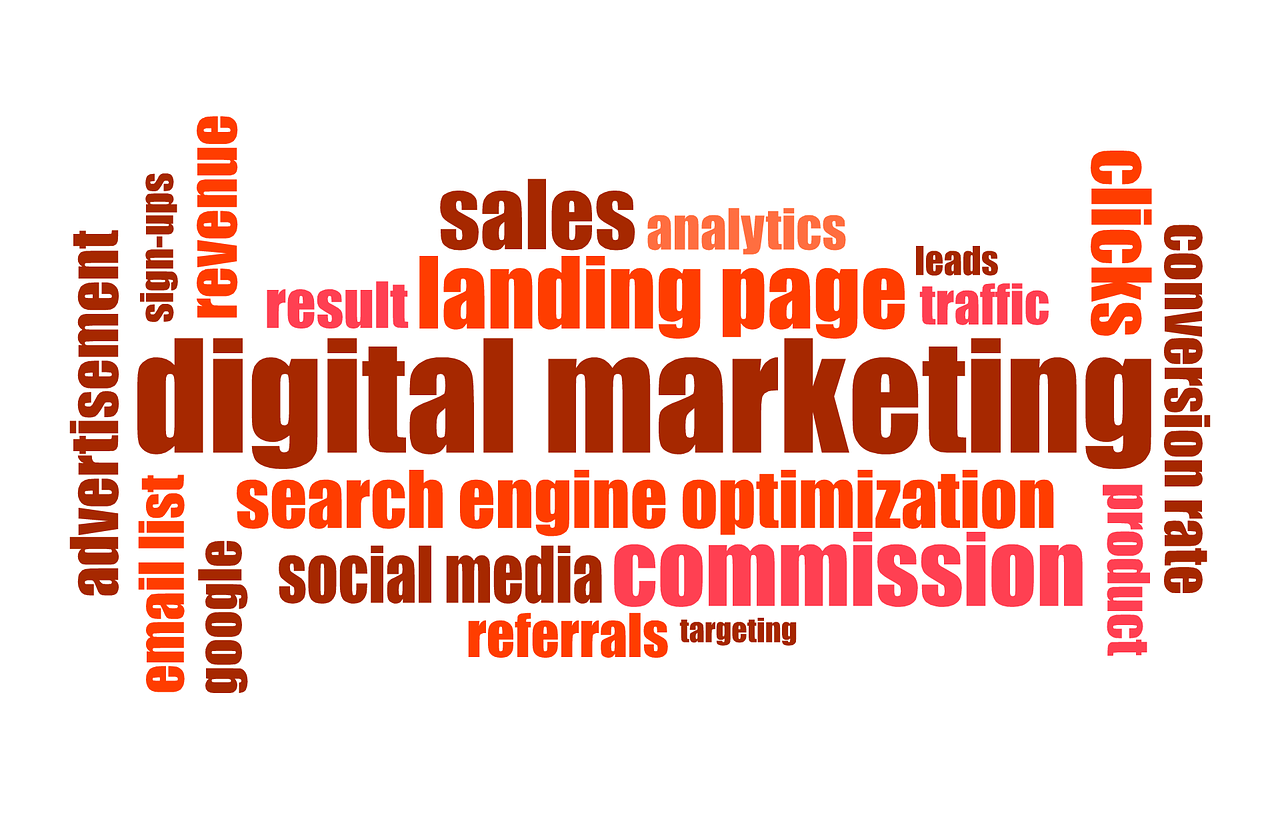Although you may be tasked with doing both, sales and marketing are two very different disciplines. Understanding how these two processes compliment each other can help improve your bottom line.
Marketing activities support sales efforts. Actually, they are usually the most significant force in stimulating sales. Often, marketing activities (like the production of brochures and packaging) must occur before a sale is made; marketing can also follow the sale as well, paving the way for future sales and referrals.
The marketing process is broad and includes all of the following:
– Discovering what product, service or idea customers want.
– Producing a product with the appropriate features and quality.
– Pricing the product correctly.
– Promoting the product; spreading the word about why customers should buy it.
– Selling and delivering the product into the hands of the customer.
Selling is one activity of the entire marketing process. It is the act of persuading or influencing a customer to buy a particular product or service. In some cases, sales has the ability to individualize components of a sale, but the emphasis is on convincing the customer to purchase something that is already being offered by the company.
At the heart of the sales concept is the desire to make the sale as quickly as possible to fulfill sales volume objectives. When marketing has done a good job in crafting a desirable product or service and promoting it to its target audience, then the sales process is enhanced and made easier.
A crucial part of the sales process is providing feedback to help refine the overall marketing efforts. Whether in an automated fashion, such as an online survey, or through responses provided by a sales staff, understanding the customer attitudes at the point of sale is critical information that can shape future marketing.
